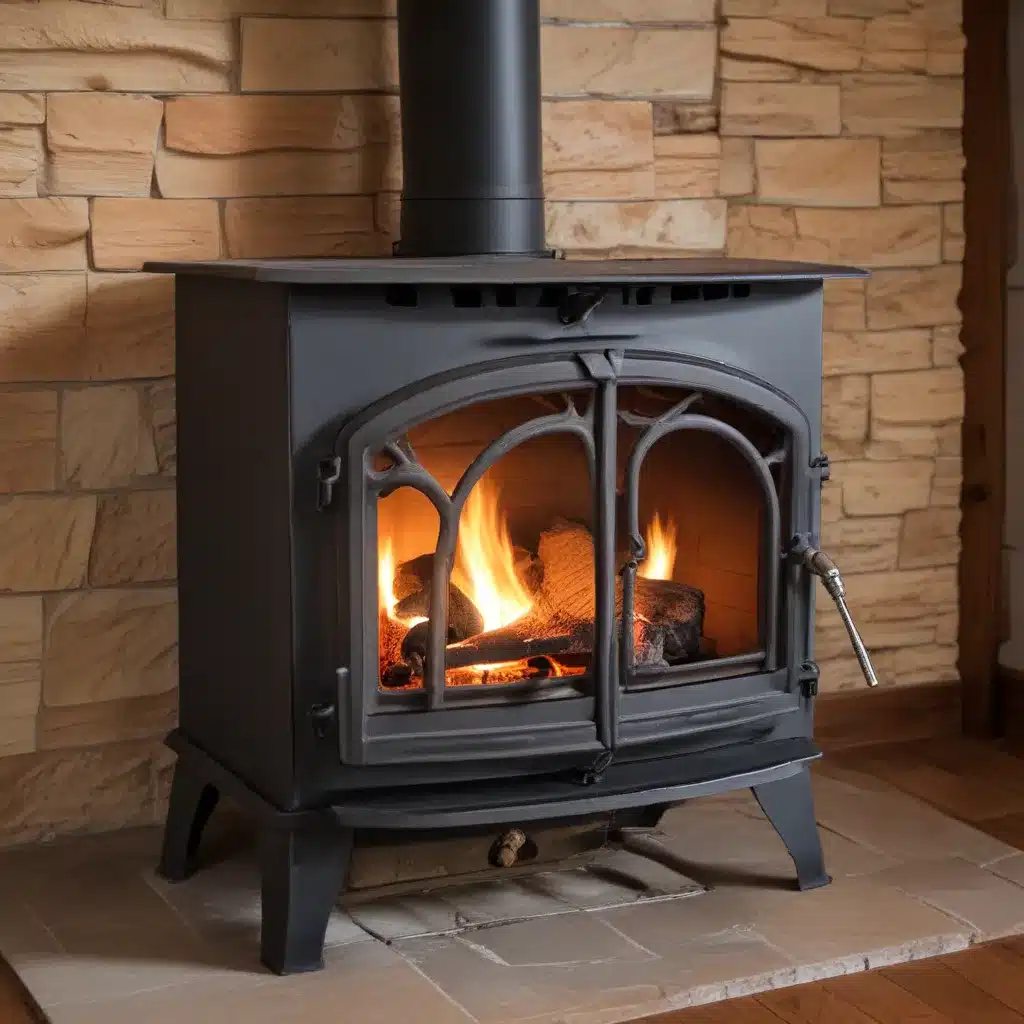
Understanding the Risks of Chimney Fires
Chimney fires can be a terrifying and devastating experience for any homeowner using a wood stove or fireplace. These blazes, fueled by the buildup of flammable creosote, can quickly escalate, causing significant damage to the chimney structure and potentially spreading to the rest of the home. Even a seemingly minor chimney fire can lead to a catastrophic house fire if left unchecked.
According to the National Fire Protection Association (NFPA), an estimated 25,000 residential fires originate in chimneys, fireplaces, or fireplace accessories each year, resulting in hundreds of injuries and millions of dollars in property damage. Preventing these hazardous situations should be a top priority for any wood stove or fireplace owner.
Recognizing the Signs of a Chimney Fire
Identifying a chimney fire quickly is crucial, as these blazes can quickly spiral out of control. Some telltale signs include:
- Visible Flames or Flaming Creosote: If you can see flames or glowing embers shooting out of your chimney, it’s an obvious indicator that a fire has ignited within the flue.
- Dense Smoke Billowing: Thick, dark smoke pouring out of the chimney top is a clear sign that something is burning in the flue.
- Loud Cracking or Popping Noises: Chimney fires often produce loud, crackling sounds as the buildup of creosote and other combustible materials ignite.
- Strong Burning Odor: If you detect a strong, acrid smell of burning within your home, it could mean a chimney fire is underway.
If you observe any of these warning signs, it’s imperative to take immediate action to extinguish the fire and prevent further damage.
Extinguishing a Chimney Fire Safely
When faced with a chimney fire, your first priority should be to evacuate your home and call the fire department immediately. Attempting to fight the blaze yourself can be extremely dangerous and should only be done if you have the proper equipment and training.
If you have a dry chemical fire extinguisher on hand, you can try to contain the fire by aiming short bursts at the fireplace grate or firebox. This can help introduce extinguishing agents into the chimney and disrupt the fire’s oxygen supply. However, be cautious not to disperse embers, as this could create additional hazards.
Another effective tool for chimney fire suppression is Chimfex flares. These specialized fire suppressants are designed to be tossed into the firebox, where they emit smoke and particles that replace the oxygen in the flue, effectively smothering the blaze.
Controlling the air flow to the fire can also aid in extinguishing a chimney fire. Closing the damper and any air intake vents will reduce the oxygen supply, helping to limit the fire’s spread.
After the immediate threat has been addressed, it’s crucial to have your chimney thoroughly inspected and cleaned by a professional before attempting to use it again. Chimney fires can cause significant damage to the structure, and any underlying issues must be resolved to prevent future incidents.
Preventing Chimney Fires through Proper Maintenance
The most effective way to avoid the devastation of a chimney fire is to implement a comprehensive maintenance plan. Regular professional inspections and cleanings are the foundation of this strategy, as they help identify and address potential problems before they escalate.
The Chimney Safety Institute of America (CSIA) recommends annual chimney inspections to assess the condition of the flue, identify creosote buildup, and detect any structural issues that could compromise safety. A certified chimney sweep can then thoroughly clean the chimney, removing any accumulated deposits and ensuring proper airflow.
In addition to professional maintenance, there are several steps homeowners can take to reduce the risk of chimney fires:
Choose the Right Firewood
Burning properly seasoned, dry hardwoods like oak, maple, or ash can significantly minimize creosote buildup. Avoid using wet, unseasoned wood, as it can lead to incomplete combustion and increased creosote deposition.
Practice Safe Fireplace and Stove Operation
Never use flammable liquids to start a fire, and avoid burning materials like wrapping paper or cardboard, which can cause sudden, intense blazes. Ensure the damper is fully open before lighting a fire, and never leave a fire unattended.
Regularly Clean the Chimney Connector
The chimney connector, or stovepipe, should be inspected and cleaned at least annually to remove any creosote or debris. Use a wire brush and specialized chimney cleaning tools to thoroughly clean this crucial component.
Install Proper Chimney Caps and Spark Arrestors
Equipping your chimney with a properly installed cap and spark arrestor can help prevent the escape of embers and the entry of debris, reducing the risk of a chimney fire.
Ensure Adequate Air Supply
Providing sufficient combustion air to your wood stove or fireplace is essential for complete fuel burning and minimizing creosote buildup. Consider installing an outside air intake if your home is particularly airtight.
By diligently maintaining your wood stove or fireplace system and following best practices for safe operation, you can significantly reduce the likelihood of a devastating chimney fire. Taking these proactive measures will help ensure the continued safe and efficient use of your home heating appliance for years to come.
Conclusion
Chimney fires pose a serious threat to homeowners who rely on wood stoves or fireplaces for heat. However, with the right knowledge and a commitment to proper maintenance, these risks can be effectively mitigated. By following the strategies outlined in this article, you can safeguard your home and loved ones from the devastating consequences of a chimney fire.
Remember, annual professional inspections and cleanings, along with vigilant attention to safe operating procedures, are the cornerstones of effective chimney fire prevention. Stay informed, be proactive, and enjoy the warmth of your wood stove or fireplace with confidence and peace of mind.
For more information on wood stove safety, efficient heating solutions, and maintaining the integrity of your home’s heating systems, be sure to explore the wealth of resources available on WoodStoveHeaters.com. Our team of experts is dedicated to helping homeowners like you navigate the world of sustainable, cost-effective home heating.


